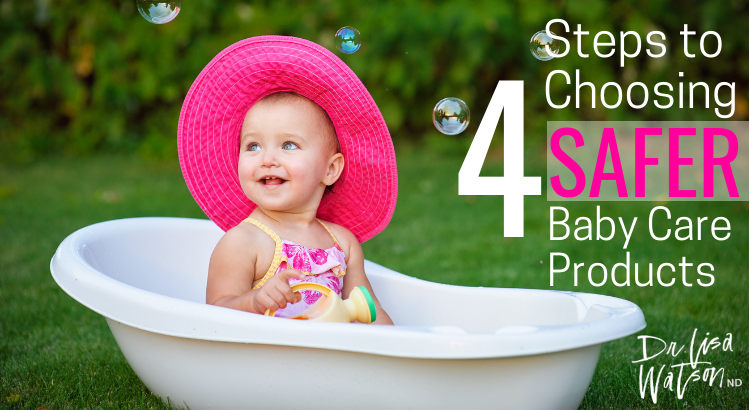
As parents we want to be sure we are making safe choices for our children. With marketing claims like “natural”, “mild”, and “gentle” it can be hard to decide which products truly are safe for our little ones. Every week three-quarters of children are exposed to allergens, neurotoxins, and harmful chemicals in their body care products.
By following the four steps listed you can be sure you are making the best choices for your family.
Step One – Simplify! Use fewer products.
Most adults use as many as ten personal care products each day. The number we use with our children can be just as high. Diapers, wipes, body wash, shampoo, soap, lotions, bubble baths, diaper creams and more are applied to our babies’ skin each day. Minimize the potential for chemical exposure by eliminating products that aren’t necessary.
Suggestions: Use warm water on a washable cloth to wipe baby’s bum after diaper changes. Use one product as a shampoo/soap/body wash. Don’t use bubble bath with young children.
Step Two – Less is More – Use products with fewer ingredients and no fragrance.
“The fewer ingredients the more natural the product”.
It’s a general rule and in many cases it is true. The longer the ingredient list the more preservatives, dyes, emollients and other chemicals the product contains. There are exceptions to this rule of course, some botanical products use many different plant extracts in their formulas. But a quick glance at the length of the product label can provide valuable information.
It is also important to choose products that are free of synthetic dyes and fragrances. Synthetic dyes and fragrances are often composed of several harmful chemicals but due to product labeling laws do not need to be listed separately. Avoid exposing your child to these chemicals by selecting products that are fragrance and dye free.
Step Three – Read Labels… and Know What Ingredients to Look For.
More important than the length of an ingredient list, knowing what ingredients to avoid is paramount to protecting your child from exposure to potentially harmful chemicals. The following is a brief list of ingredients to avoid:
| Benzyl alcohol and isopropyl alcohol | Skin irritants and potential neurotoxicity concerns |
| BHA | Found in diaper cream. Banned in other countries because it can cause skin depigmentation |
| Boric Acid and Sodium Borate | Found in diaper cream. Industry authorities caution against use on infant or damaged skin |
| 2-Bromo-2-Nitropropane-1,3-Diol (or Bronopol) | Found in baby wipes. Allergen and irritant that can form cancer-causing contaminants |
| Ceteareth and PEG compounds | Petrochemicals that may contain cancer-causing impurities |
| DMDM Hydantoin | Allergen and irritant that can form cancer-causing contaminants |
| Dyes | Some are linked to cancer and are banned outside the U.S. |
| Fragrance | Allergens that may contain neurotoxic or hormone-disrupting chemicals |
| Iodopropynyl butylcarbamate | Chemically similar to neurotoxic pesticides |
| Methylchloroisothiazolinone and methylisothiazolinone | Allergens with neurotoxic concerns |
| Oxybenzone | Found in sunscreens. In sunlight, can produce allergy- and cancer-causing chemicals |
| Parabens | Hormone-disrupting chemicals with potential cancer concerns |
| Triethanolamine | Allergen and irritant that can form cancer-causing contaminants |
| Triclosan | Linked to thyroid disruption, produces toxic byproducts in tap water |
Additionally, a 2009 study found formaldehyde or 1,4-dioxane in a large percentage of tested baby products. Both formaldehyde and 1,4-dioxane were found in 17 out of 28 tested products (61%). Formaldehyde and 1,4-dioxane are known carcinogens; formaldehyde can also cause skin rashes in some children. These chemicals are not listed on product labels because they are contaminants, not ingredients.
Formaldehyde contaminates personal care products when preservatives release formaldehyde over time in the container. Common ingredients likely to cause formaldehyde contamination include: quaternium-15, DMDM hydantoin, imidazolidinyl urea and diazolidinyl urea.
1,4-dioxane is a byproduct of a chemical processing technique called ethoxylation. Manufactures can easily remove the toxic byproduct, but are not required by law to do so. Common ingredients likely to be contaminated with 1,4-dioxane include: PEG-100 stearate, sodium laureth sulfate, polyethylene and ceteareth-20.
Step Four – Make a List and Check It Twice.
Having a list of ingredients to avoid, and bringing it with you when selecting new baby care products is the easiest way to be sure you are making a healthy choice.
The Environmental Working Group has made this even simpler by providing parents with two phenomenal resources. One is the Safety Guide to Children’s Personal Care Products which includes a printable pocket reference guide.
Skin Deep is also from the EWG and offers a searchable cosmetic safety database with toxicity ratings for thousands of individual products and brands. It is an invaluable resource. I recommend double checking any product on the Skin Deep website before purchasing it.
Making the best choices for your children doesn’t have to be difficult. By utilizing the four steps highlighted in this article and accessing the resources offered by groups such as the Environmental Working Group, you can be confident you are using products that live up to the highest standards – your standards.
Disclaimer
The advice provided in this article is for informational purposes only. It is meant to augment and not replace consultation with a licensed health care provider. Consultation with a Naturopathic Doctor or other primary care provider is recommended for anyone suffering from a health problem.
References:
No More Toxic Tub. March 2009. Campaign for Safe Cosmetics. Available at http://safecosmetics.org/downloads/NoMoreToxicTub_Mar09Report.pdf
Safety Guide to Children’s Personal Care Products. Environmental Working Group Report. Available at http://www.cosmeticsdatabase.com/special/parentsguide/summary.php
Parent’s Buying Guide: Safety Guide to Children’s Personal Care Products. Environmental Working Group. Available at http://www.cosmeticsdatabase.com/special/parentsguide/index.php?bybrand=1
Ingredients to Avoid: Safety Guide to Children’s Personal Care Products. Environmental Working Group. Available at http://www.cosmeticsdatabase.com/special/parentsguide/ingredients.php


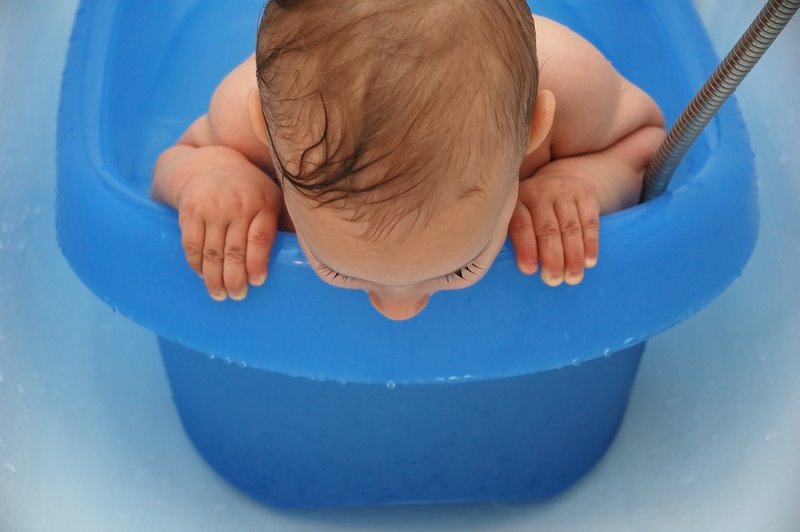
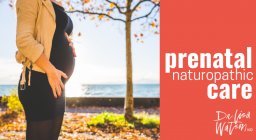
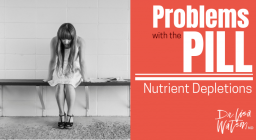


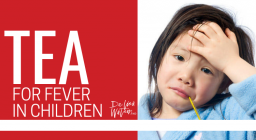



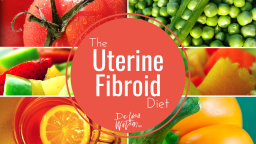
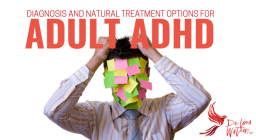
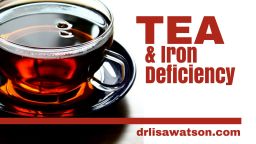
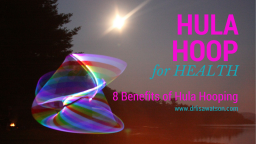
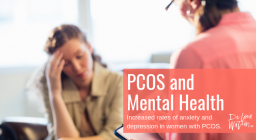
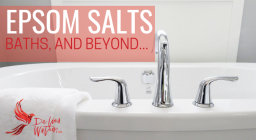
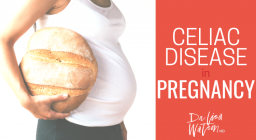
Another area that parents need to concern themselves is Indoor Air Quality. The California Air Resources Board’s report published December 15, 2009 states:
“Nearly all homes (98%) had formaldehyde concentrations that exceeded guidelines for cancer and chronic irritation, while 59 percent exceeded guidelines for acute irritation.”
The executive summary:
http://www.arb.ca.gov/research/apr/past/04-310exec_sum.pdf
The full report:
http://www.arb.ca.gov/research/apr/past/04-310.pdf
The principal researcher’s power point presentation:
http://iee-sf.com/resources/pdf/ResidentialVentilation.pdf
The only media coverage was published the day before Christmas and it would seem nobody read it:
http://content.usatoday.com/communities/greenhouse/post/2009/12/two-of-three-california-homes-had-excessive-formaldehyde-levels/1
The introduction of fiberglass wall insulation, double pane windows, and/or vapor barriers such as Tyvek for energy conservation combine with laminate floors, MDF doors & trim, plywood and particle board for improved resource utilization in either original construction or added during subsequent ‘upgrades’ contributes significantly to the problem. Combine these practices and you have the perfect storm. This is what we have been doing over the past decade.
That is a great point. I discuss the issue of indoor air pollution further in the article Green Living – Improving Indoor Air Quality With Common Household Plants
Great site. A lot of useful information here. I’m sending it to some friends!
What a very informative post! Every parent should know about this. It’s really hard to trust a baby product nowadays since some has toxic and harmful for babies. Well, thanks for sharing this with us!